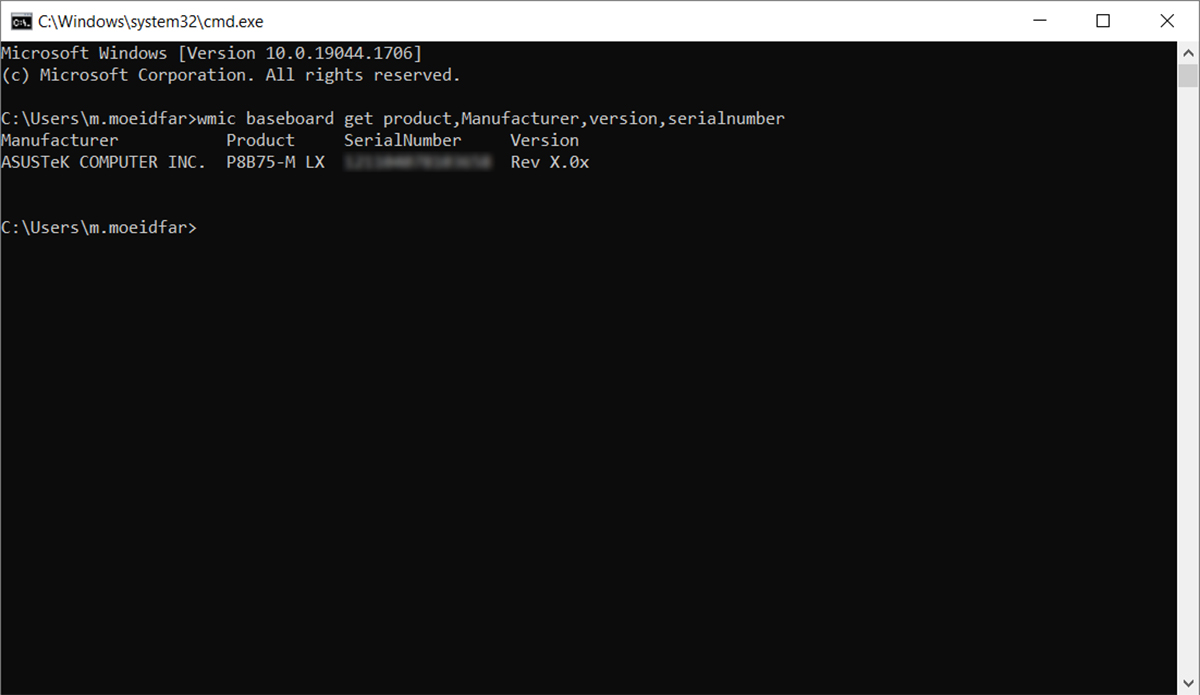top powershell commands
Over the past few years, Microsoft has tried to make PowerShell its go-to management tool. It can be said that almost all Microsoft server products require PowerShell. Many management tasks can be done in PowerShell, which cannot be done in CMD. If you are a network manager or expert and you use Microsoft products in your network, here are some important and useful PowerShell commands.
CMD is an acronym for Command. Command prompt, or CMD is the command-line interpreter of Windows operating systems. It is similar to Command.com, used in DOS and Windows 9x systems called “MS-DOS Prompt”. It is analogous to Unix Shells used on Unix like system. The command prompt is a native application of the Windows operating system and gives the user an option to perform operations using commands.
Command prompt makes use of the command-line interface to interact with the User. In the Windows operating system, this command prompt interface is implemented through the Win32 console. User can open the interface by via the CMD run command or by going to its original location C:\Windows\system32\cmd.exe.
-
Get-Help command
The first command you need to know is the Get-Help command. You can use this command to get the necessary guidance about other commands.
Get-Help -Name Get-Process
-
Get-ExecutionPolicy command
You may be working on an anonymous server, it is better to familiarize yourself with the policies set on that server before running your desired script.
-
Get-Service command
With the help of this command, you can see a list of services installed on the system. If you want to get more details about a particular service, you can use the –Name switch with the service name.
-
Get-Process command
A very useful command that complements the Get-Service command and tells you what processes are currently running on the system.
-
Export-CSV command
Sometimes you need to report your commands and actions. Using this command, you can prepare a CSV output and view it in Excel software.











